Why You Should Eat A Rainbow
Posted: 15/07/2019

Have you ever been told to eat a rainbow? (and no, we’re not talking about the Skittles advert!). Our bodies benefit from variety, which is why it’s important for our health to eat a rainbow of nutrients and colours. So what exactly does that mean? Well it’s actually not as confusing as you might think. Eating a range of colourful foods can be an easy way to get the vitamins and minerals your body needs to thrive, so let’s break down why it’s important to eat foods of different colours.
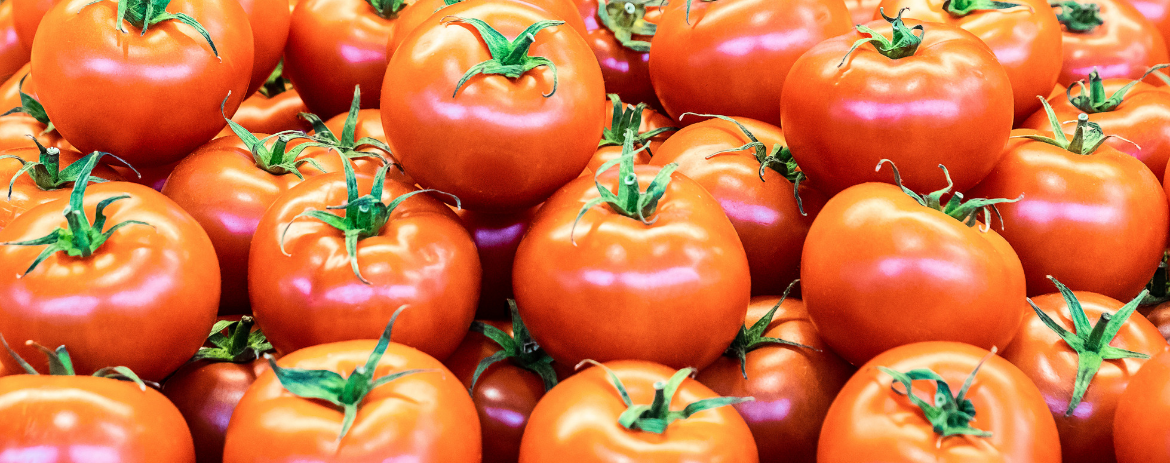
RED
Red fruits and vegetables contain a plant nutrient called Lycopene, which gives them their colour. Lycopene is known to have many benefits, the most important being that it’s a powerful antioxidant. Antioxidants can help to protect your body against diseases like cancer, heart disease and diabetes. Red foods can also help to improve eye health, skin health, and cardiovascular health. Seems pretty powerful, doesn’t it?
Examples of red foods include: tomatoes, pomegranate, strawberries, salmon.
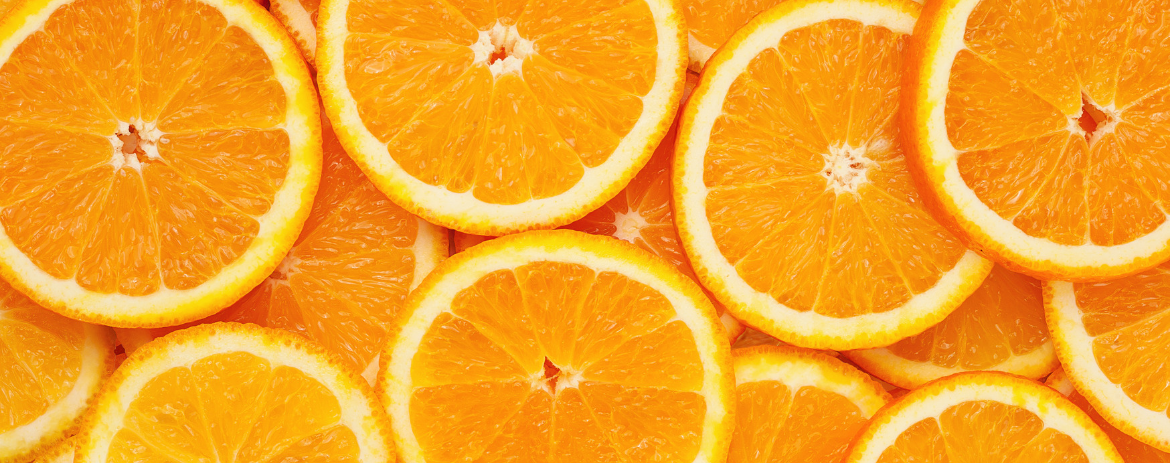
YELLOW/ORANGE
Orange and yellow foods are high in both Vitamin C and carotenoids. Not only do carotenoids give this food group their vibrant colour, they are also incredibly beneficial because some carotenoids convert to Vitamin A within the body, which helps promote healthy vision and growth of cells, so great for the immune system. We’re sure you’ve heard the phrase “carrots help you see in the dark”, and this is why. It’s important to keep those eyes healthy, right?
Examples of yellow/orange foods include: carrots, sweet potato, sweetcorn, oranges.
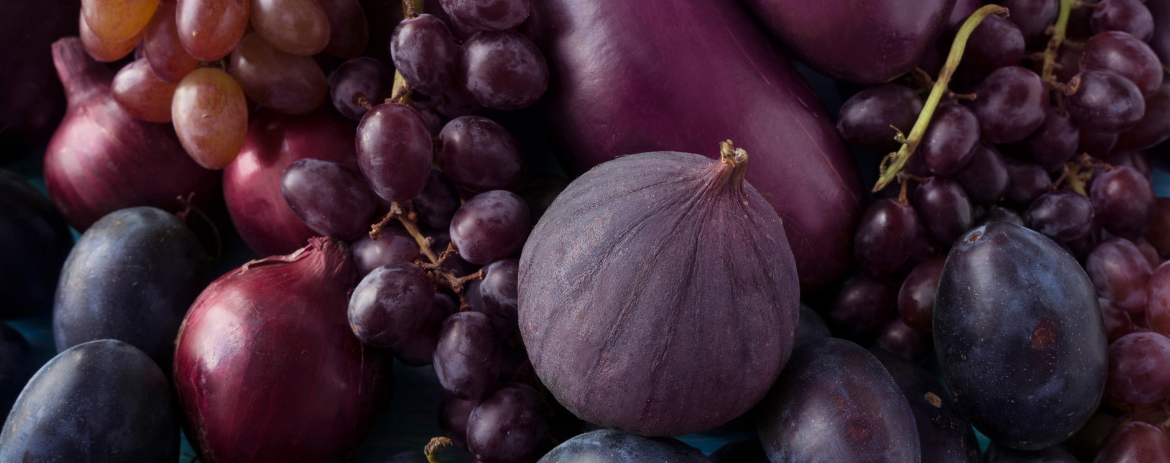
BLUE/PURPLE
Blue and purple foods are full of phytonutrients, including anthocyanins and resveratrol. Not only do these give these foods their bright, distinctive colours, but they also act as antioxidants that protect cells from damage and can help reduce the risk of cancer, stroke and heart disease. Red cabbage, for example, contains some of the highest levels of antioxidants of any food, and like other foods of this colour, works to repair damage from oxidative stress and inflammation.
Examples of blue/purple foods include: blueberries, red cabbage, aubergines, beetroot.
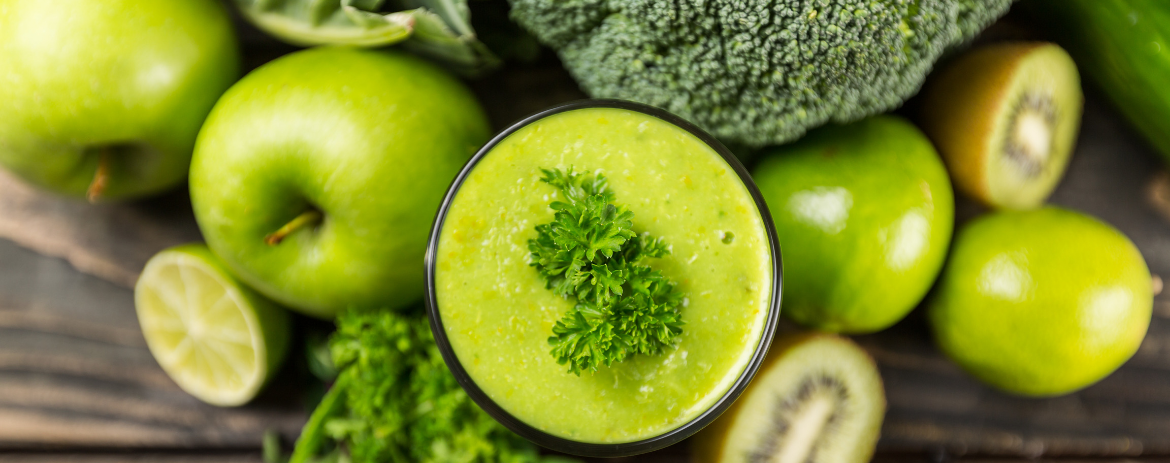
GREEN
Some of the healthiest foods we can eat are green in colour. Green fruits and vegetables contain a wide range of phytonutrients including indoles, leutin, isoflavones, isothiocynates and Vitamin K, which are essential to blood and bone health. These also contain anti-cancer properties. Leafy greens, such as spinach and broccoli, are also excellent sources of folate which is needed to make red and white blood cells in the bone marrow, and convert carbohydrates into energy. Green foods also help with detoxification and digestion, so you really shouldn’t be lacking in them, should you?
Examples of green foods include: kale, apples, broccoli, avocados.
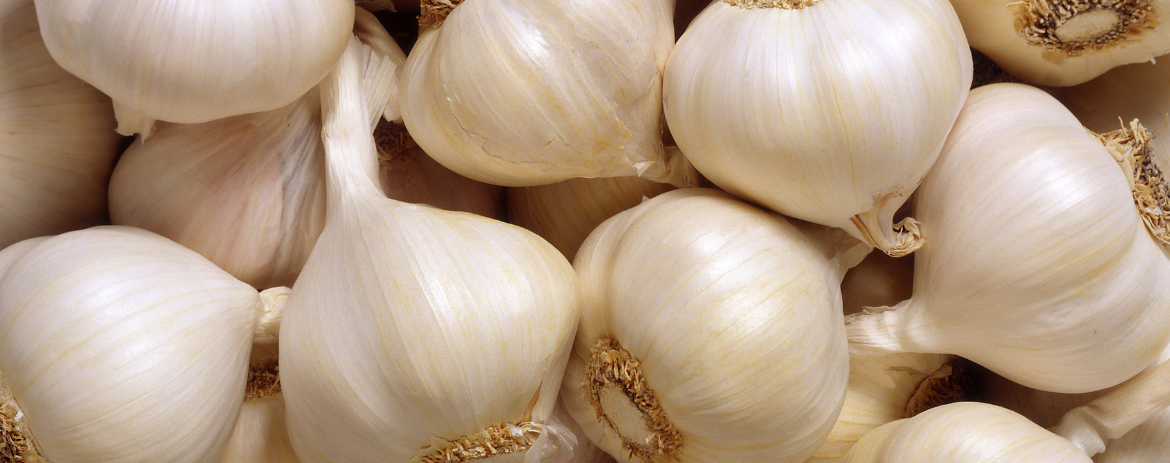
WHITE
While white foods may not be as bright and attractive as some of the other foods we’ve already mentioned, they are still incredibly beneficial for the body. They contain a range of health-promoting phytonutrients such as quercitin, anthoxanthins, and allicin, which is known for its antiviral and antibacterial properties, and for being an anti-cancer compound. These make white foods good for bone health, hormones and the immune system. Sounds like something you shouldn’t be missing out on!
Examples of white foods include: cauliflower, garlic, mushrooms, potato.
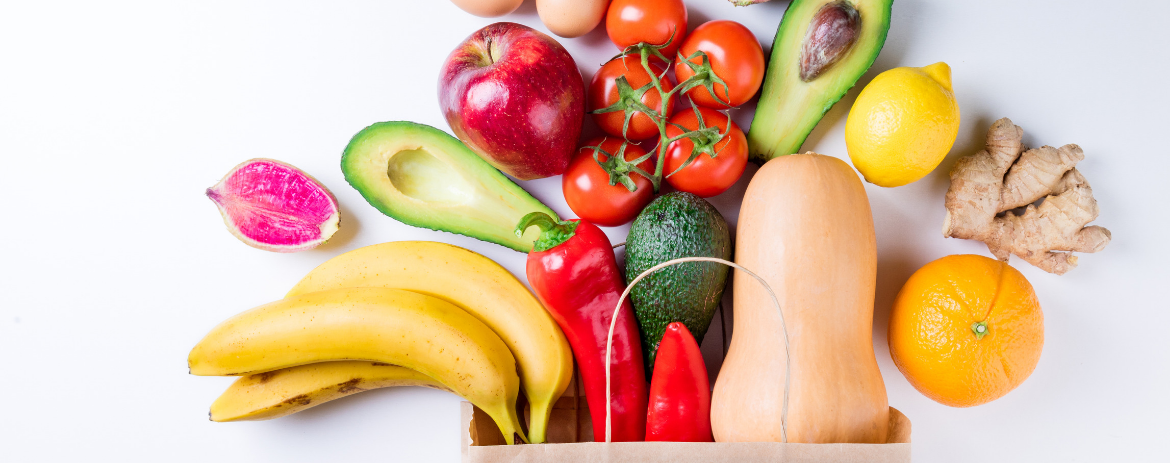
TO SUMMARISE….
Let’s be honest, a colourful plate is incredibly appealing, and makes it easier for us to eat all the good foods that our body really needs. But essentially, the colour is not the important thing. What’s important is that coloured foods give you a huge amount of nutrients that contribute to the optimal functioning of your body. So make sure that you are eating a variety of colours and you will be glad that you did. So go eat that rainbow!



